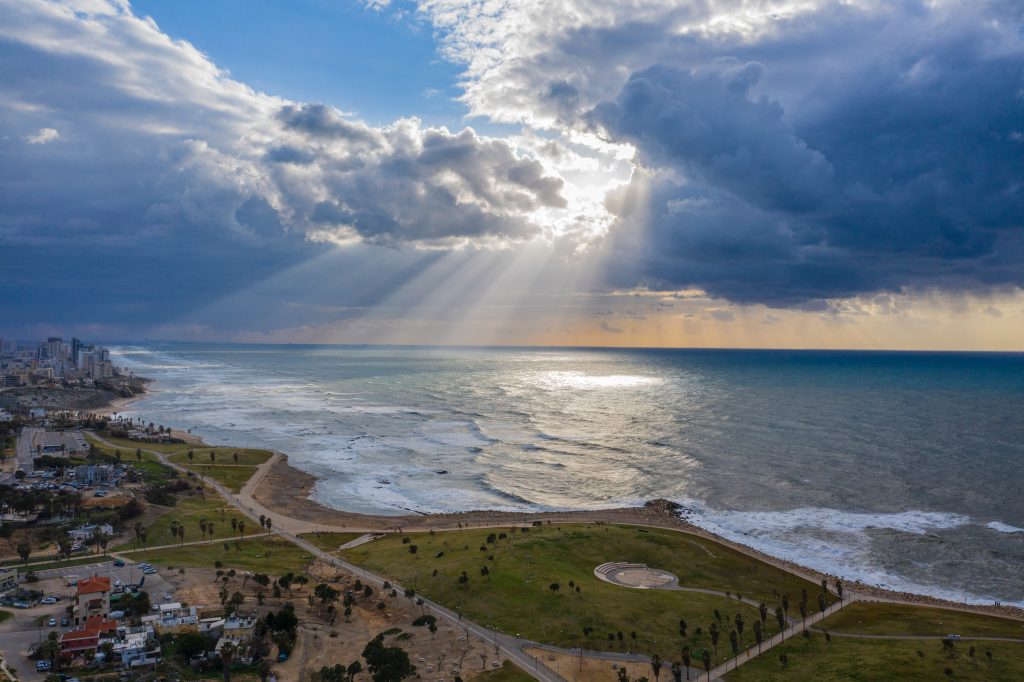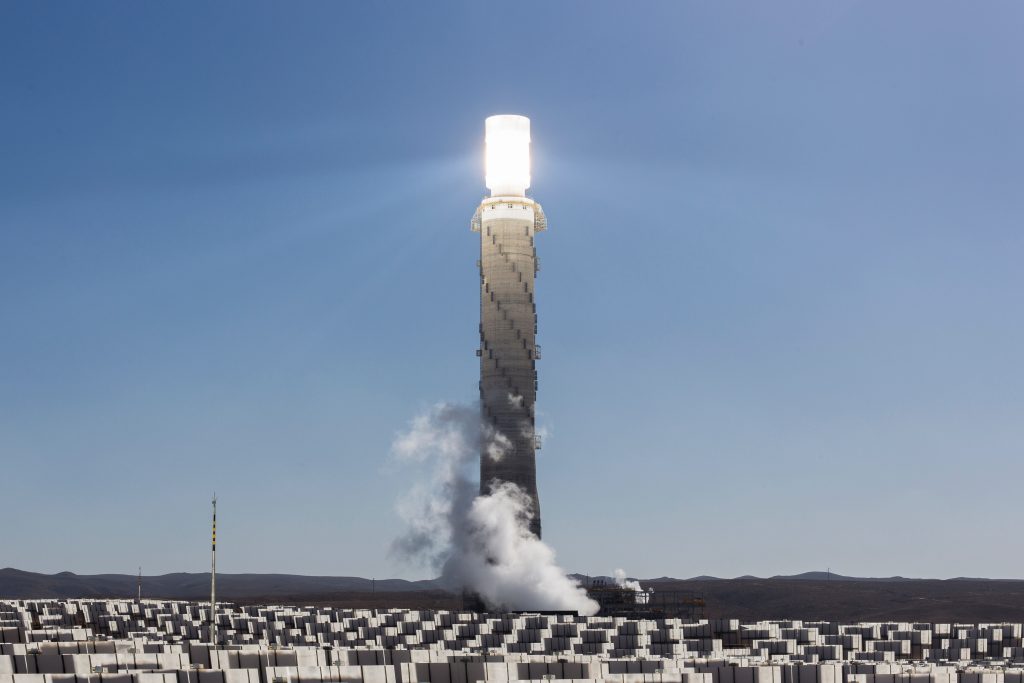Between March and April, the Israeli government incrementally established isolation guidelines to prevent the COVID-19 virus from spreading. Along with the closure of multiple businesses and institutions, transportation was severely limited, forcing people to work from home, thus drastically cut the number of vehicles on the road.
As a result, Israel experienced a 40% reduction in nitrogen dioxide concentrations, a reactive gas emitted by the burning of fuel, during March 2020 compared to prior March emissions. Since then, Israel has gradually lifted its restrictions, allowing the public to freely venture outdoors as well as granting businesses the ability to reopen.
Elsewhere, cities under quarantine have also detected improvements to their own particular environments. For instance, China’s carbon dioxide (CO2) emissions have been reduced by 18% between early February and mid-March (although this statistic was originally 25% before their economy began to rebound). Coinciding with city lockdowns and restrictions on non-essential travel, Europe has experienced decreases in nitrogen oxide outputs of up to 56% at Madrid in mid-March. India’s capital, New Delhi, has seen a 60% decrease in harmful air particulate matter, which can actually be seen. Even Los Angeles, a city infamously known for its poor air quality, has had a 20% improvement in the three-week period following its mid-March shutdown. Although this might also be a result of the stormy spring weather Los Angeles was experiencing at the time, experts suggest.
Although these environmental recoveries are temporary because of eventual economic reboot, we should not be taking these environmentally beneficial changes for granted. Significant reductions in carbon emissions, nitrogen oxide levels, and harmful air particulate matter have given all of humanity a glimpse into what our planet could be like if we lived more harmoniously with our natural surroundings—the very lesson the Solarpunk movement imparts.
This does not mean we should remain indoors for an eternity for the sake of our environment’s health. Instead, we should seek out strategies and plans to control society’s previously unchecked indulgences in order to have our already existing artificial landscapes function alongside the natural environment.

What is Solarpunk?
This niche, internet-originated movement is relatively young, beginning in 2008 before it started to proliferate in 2015. Principles of Solarpunk involve a wide spectrum of recognizable activities that have arisen in the age of sustainability. Among those activities are performing permaculture, avoiding the use of single-use or disposable items, practicing recycling, saving and conserving water, shrinking our carbon footprint, or implementing land restoration measures, just to name a few.
As a conscious and positive response to the current Anthropocene (the era of humanity’s significant impact on Earth’s natural systems), the Solarpunk movement aims to convert science fiction into science action. This is done by creating visual representations and artistic conceptions of architecture and locally governed infrastructure that have the ability to harness renewable energies, including solar design, as a way to achieve greater levels of functioning urban biomimicry.
Taking inspiration from Art Nouveau aesthetics (art inspired by aspects of the natural world), Solarpunk’s imagery provokes a sense of aspiration for a world that values renewable energy sources over fossil fuels, with an emphasis on urban centers.
According to the U.N., cities currently consume 78% of the world’s energy and are responsible for producing over 60% of greenhouse gas emissions, which will only worsen over the next 30 years. Right now, 55% of the world’s population lives in cities. By 2050, this figure is projected to increase to 68%, which strongly suggests a further increase in pollution.
Rather than creating policies, the Solarpunk movement serves as a source of inspiration for all people to envision a reachable point in time, where the world could be designed for universal coexistence and thus, be built to last.

Solarpunk in the 21st century and in Israel
The 21st century has been exemplary of incredible urban sustainable expansion considering the numerous and various types of innovations, regenerative designs, and architectural feats that have been developed worldwide in notable places such as China, Singapore, Copenhagen, and Italy.
Israel has also become one of the world’s leading contributors towards sustainable development and innovation. Established in 2006 and 2009, Israeli companies Vertical Field and Green Wall, respectively, have spearheaded hundreds of projects that tackle issues of urban air pollution and future agricultural shortcomings by planting plants onto the facades of municipal buildings, private homes, and offices with various kinds of vegetation and agricultural produce. Not only do these efforts aesthetically reflect the nature-infused urban imagery Solarpunk often exemplifies, but they also provide crucially restorative and essential services to us and the environment.
Israeli companies have also turned their efforts to the sea for gathering renewable energy. In 2014, Eco Wave Power began station operations of an innovative technology that generates clean electricity from the movement of waves at Jaffa Port. The station’s impending connection to Tel Aviv’s electrical network will serve as a step forward towards urban-environmental synergy.
But even more prominent than the waves along Israel’s coastline is the amount of sunlight the country receives due to its subtropical latitude and often lack of cloudiness. It’s no surprise that solar heating panels atop roofs for domestic water usage is so common. However, Israeli company SolarEdge has been working since 2006 to further improve the photovoltaic (PV) system. The company’s technology offers increased energy production and reduces the cost of energy produced by the PV system. With the abundance of sunlight so high in this region, the continued investment into solar technologies will inch Israel that much closer towards a reduced dependency on fossil fuels, composing a healthier environment in the process.
Though the future may seem unpredictable, especially with the threat of COVID-19 still looming, this pocket of time has given all of us a chance to reexamine the status of our carbon footprint. Perhaps we should take this time of economic recession and environmental rebound to capitalize on the technologies that can mutually improve both.
This article is courtesy of ZAVIT.




